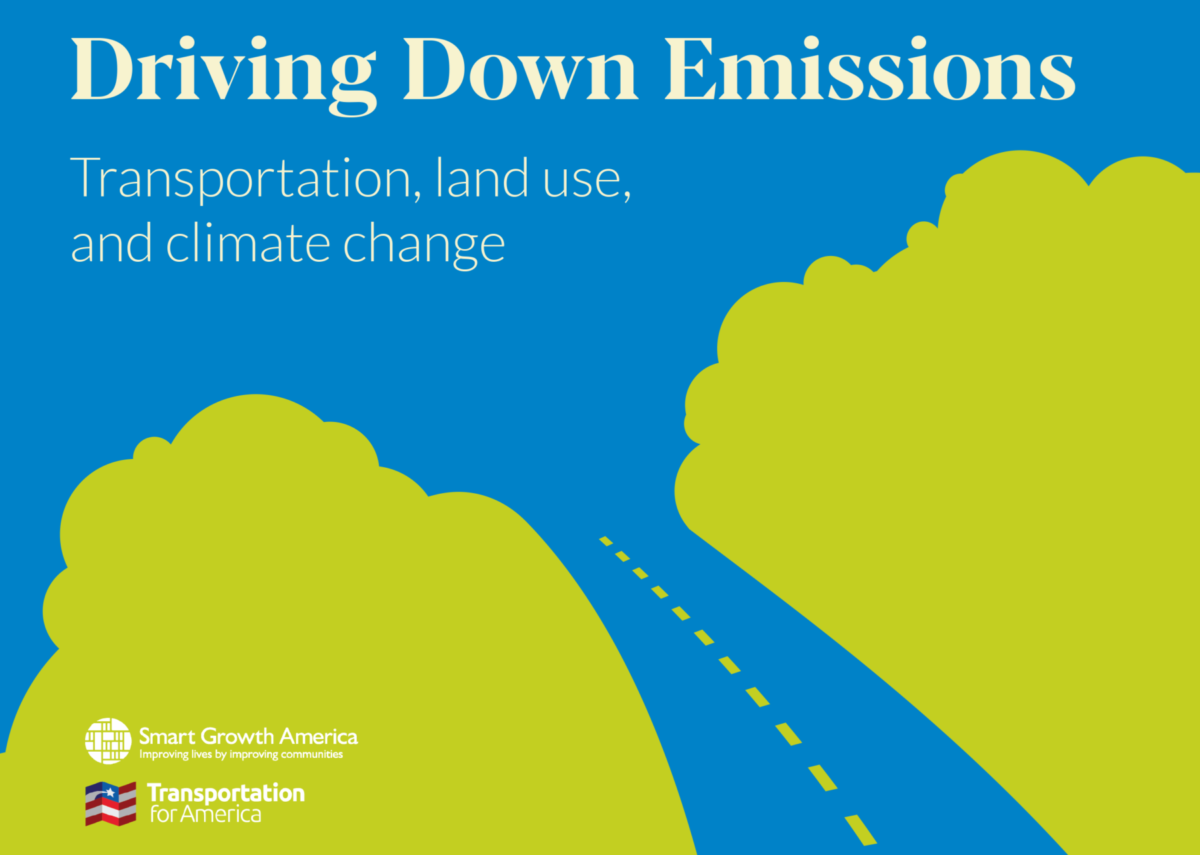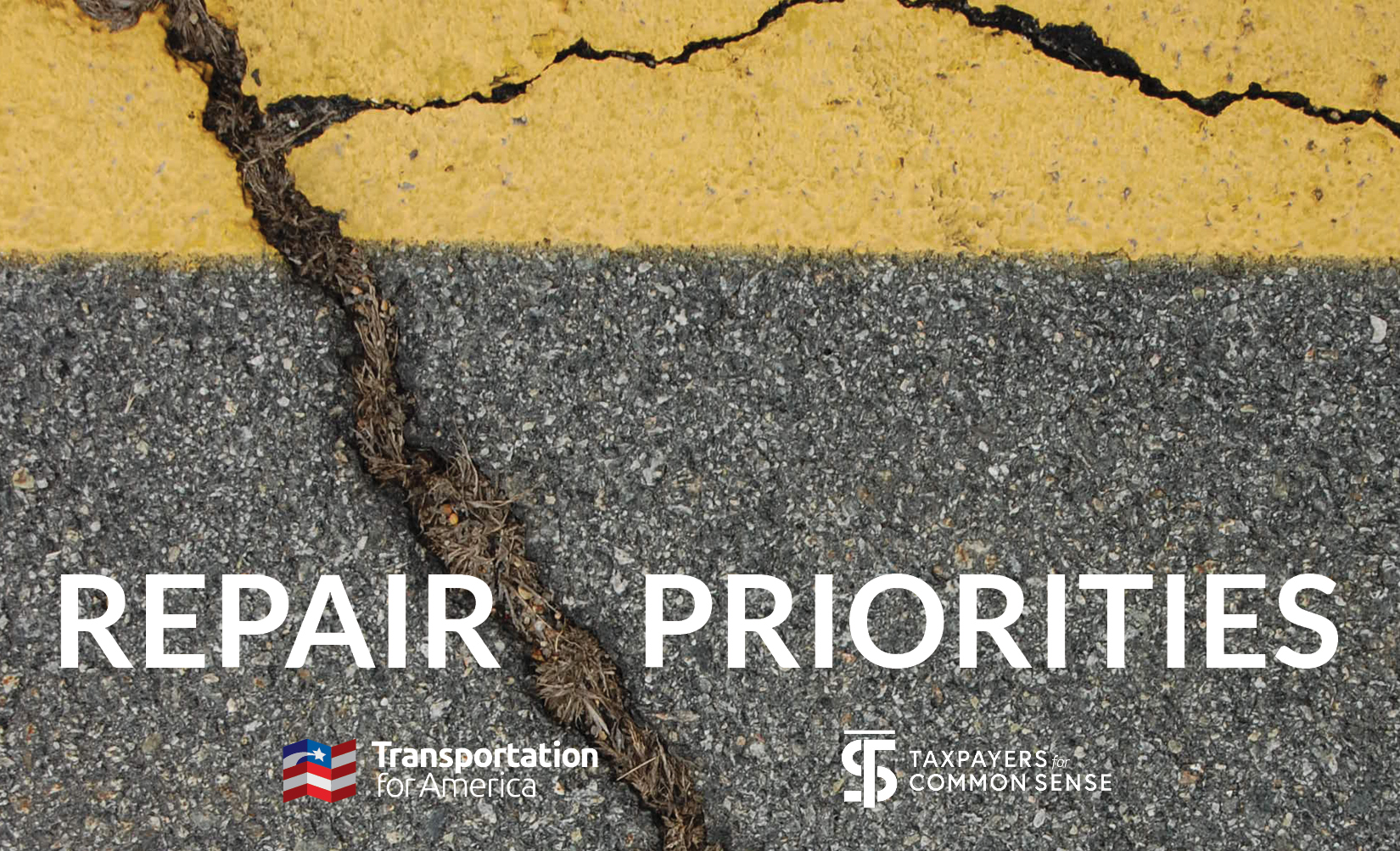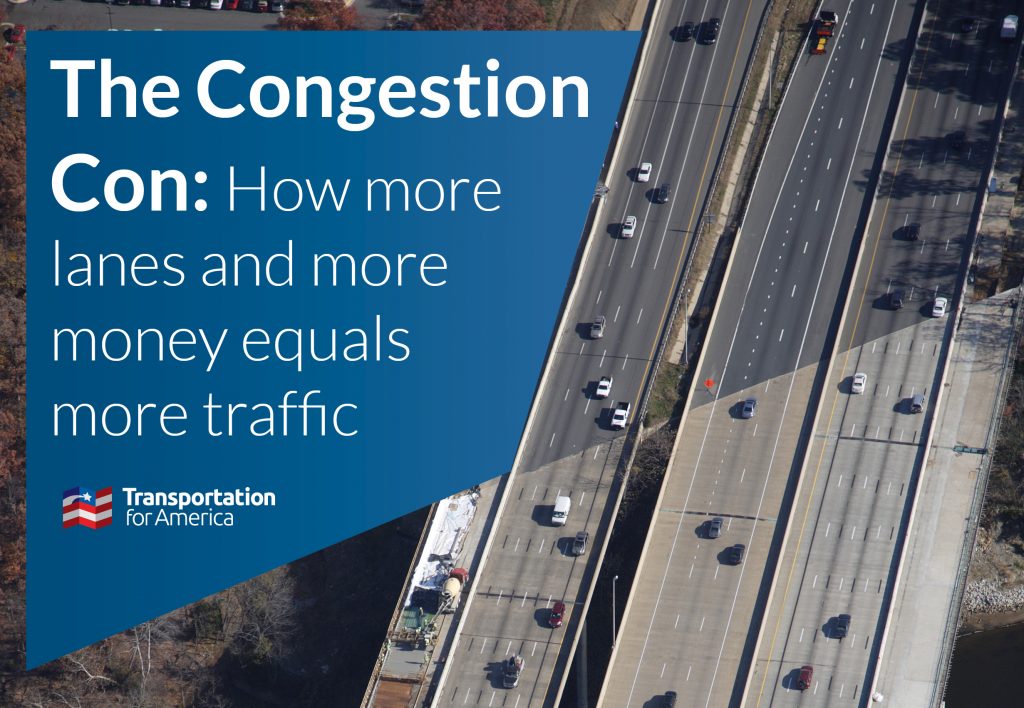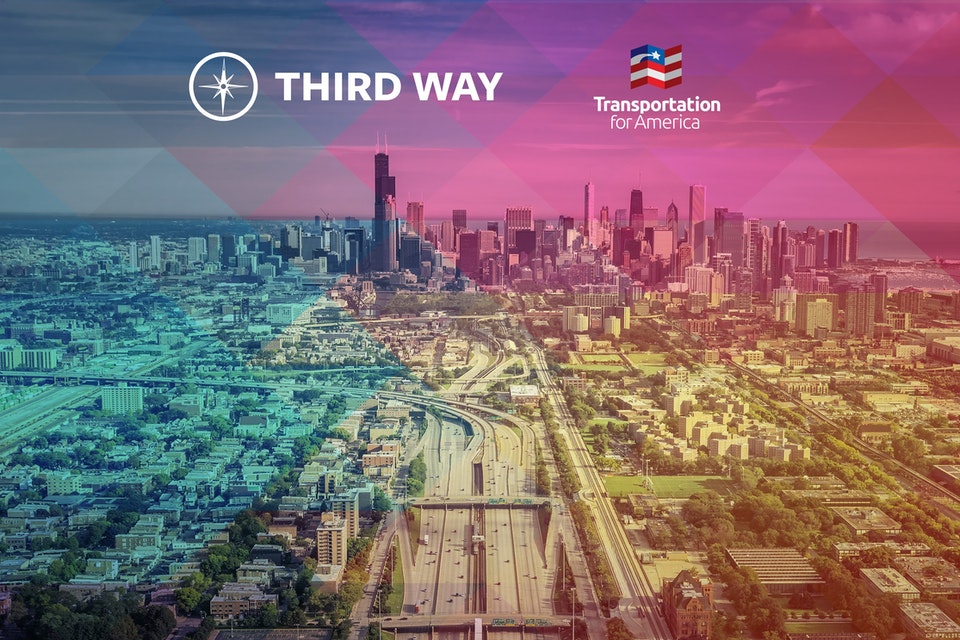Republican Senator says more transit = better health
Last week, an offhand comment by Republican Senator John Ensign about the link between health and transportation policy didn’t make the headlines, but it did make an interesting connection. Ensign was wrong in asserting that the United States has the highest life expectancy among developed countries when gun and automobile accidents are ignored. But he […]
California Supreme Court hands victory to local transit riders and providers
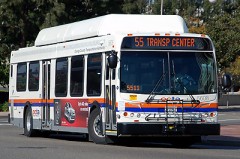 A recent California Supreme Court decision could restore billions in funding for public transportation in the nation’s most populous state. The Court’s ruling late last week upheld a lower court decision declaring the state’s $3.6 billion raid of public transit funds illegal and ordered that the money be returned to local transit providers.
A recent California Supreme Court decision could restore billions in funding for public transportation in the nation’s most populous state. The Court’s ruling late last week upheld a lower court decision declaring the state’s $3.6 billion raid of public transit funds illegal and ordered that the money be returned to local transit providers.
FAQ: What are rescissions? Will my state lose transportation money?
Last week we explained the details surrounding the expiration of the transportation bill on Wednesday night and the one-month extension that was passed. Due in part to the failure of a bipartisan plan to shift some revenue to satisfy House budget rules, the states are also losing a total of $8.7 billion in transportation spending, known by the unmistakably Washington-transportation-insider term of a “rescission.” Here’s our attempt to simplify that issue just a little bit for those who are interested in the policy details. Non-wonks, feel free to skip over this one. Just a fair warning! Click through the jump to read in its entirety.
FAQ: Transportation bill expires, emergency extension passed
As you may have read on Streetsblog Capitol Hill, the Senate passed a stopgap one-month extension of the current law last night. There have been a lot of questions flying around today, so we’re going to try to post a handful with some simplified answers when possible to clear up any confusion. The short explanation? The Senate failed to pass an extension of their own to match the House’s 3-month extension before the transportation bill expired last night. Instead, they passed an emergency one-month extension.
Using some creativity to get around in Atlanta today
You’ve likely seen the news coverage out of Atlanta yesterday and today, where torrential rainfalls over the last week resulted in massive flooding in Atlanta and surrounding counties. A couple of enterprising folks made the best of the disastrous situation, finding another mode of transportation for getting around. This is the Krog Tunnel that runs […]
Tell Congress to make a historic investment in high speed rail
Congress is heading towards a decisive, historic moment on investing in high speed rail for America. But the outcome is far from certain. In the next few weeks, Congress will decide whether or not to give the Department of Transportation $1.2 billion or $4 billion on high speed rail for the next year. $8 billion was allocated for planning and implementing clean, efficient, high speed train travel in the economic stimulus earlier this year, and with another $4 billion, we’d be making a historic $12 billion investment in high speed rail.Tell Congress to keep $4 billion in the bill at www.fourbillion.com
PBS Blueprint America looks at freight, rail, and trucks
PBS continued their excellent Blueprint America series with an episode on NOW last Friday night examining the issue of freight movement in America. Watch it below or over at the terrific Blueprint America site.
What’s the impact of the Highway Trust Fund patch or an extension of the current bill?
With the House passing a $7 billion patch for the Highway Trust Fund yesterday afternoon to keep it from running out of money before September, we thought it might be useful to post a brief Q&A about the trust fund patch and how the full six-year transportation authorization bill could be affected. The $7 billion patch moves to the Senate for a vote, probably this afternoon, before reaching President Obama’s desk.
Cellphones and texting pose great risks behind the wheel
Last week, the New York Times covered the news that the National Highway Transportation Safety Administration decided in 2003 not to release preliminary data showing that talking on cellphones while driving — whether using a hands-free device or not — posed a safety risk nearly equivalent to drunk driving. Researchers at the NHTSA were pushing for a more extensive research program to follow their preliminary research, but due to what the Times cited as “political considerations,” not only was the extra study and research not ordered, but the existing findings were essentially buried.
Wrapping up the Minnesota release of the Blueprint
On Monday, June 29th the Minnesota Coalition of Transportation for America welcomed community, city, and state leaders to learn more about the T4 America vision for the next federal transportation bill — and how Minnesotans would benefit from a reformed federal transportation program.
Seattle opens new light rail system, residents get a new “Link”
Seattle opened a new light rail system this weekend, and it was a smashing success by all accounts. Ridership from the inaugural weekend was over 90,000, and the system is settling into normal revenue service today. Read all about it from fellow Streetsblog Network member Seattle Transit Blog, and check out a huge batch of photos from opening weekend in their Flickr group pool.
56 million people in rural America looking for better transportation solutions
A top priority in the transportation debate is addressing the mobility needs of the 56 million residents of rural areas and small towns in America – about 20 percent of the population of the United States. Rural areas and small towns often fall through the cracks of federal transportation policy, which focuses on statewide priorities for building new highways and often overlooks local needs and preferences. Transportation for America has been working closely with our coalition partners on this important issue for some time. Now, it looks like Secretary of Transportation Ray LaHood is also getting on board.
Improving access to healthcare by improving transportation options
 We noted transportation’s impact on health care costs and how expanding access to public transportation and investing more money in complete streets safe for walking and biking can improve overall health and lower healthcare costs. We should remember that having transportation options and the ability to easily get where you need to go have a huge impact on whether or not you receive care. How does access to transportation affect the health of Americans?
We noted transportation’s impact on health care costs and how expanding access to public transportation and investing more money in complete streets safe for walking and biking can improve overall health and lower healthcare costs. We should remember that having transportation options and the ability to easily get where you need to go have a huge impact on whether or not you receive care. How does access to transportation affect the health of Americans?
States clamor for high-speed rail stimulus funds as applications pour into DC
When the stimulus passed in February, $8 billion for high-speed rail was added at the 25th hour, at the behest of the Obama administration. In the days since, states have scrambled to prepare their proposals to receive a share of the money, which will be distributed via a process of competitive grants. With states competing for their share of the $8 billion to start developing and building high-speed corridors, competition was sure to be tough. But did anyone expect this many applications for the funds?
Does transportation have an impact on growing health care costs?
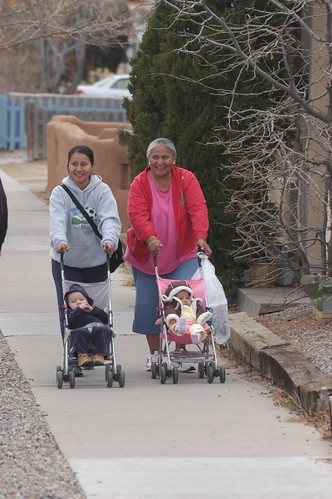 With Congress directing their attention to the contentious debate over health care reform and how to pay for it, it seems that transportation has been relegated to the back burner. In the meantime, evidence is continuing to mount that transportation investments — what we build and where — have an enormous impact on our health and the financial bottom line of providing health care. Two new studies add to a compelling case…
With Congress directing their attention to the contentious debate over health care reform and how to pay for it, it seems that transportation has been relegated to the back burner. In the meantime, evidence is continuing to mount that transportation investments — what we build and where — have an enormous impact on our health and the financial bottom line of providing health care. Two new studies add to a compelling case…
File under: What other countries are doing
This video has made the rounds, but here’s what 357 mph looks like on a TGV train in France. From a 2007 speed test. Pay careful attention at about the 1:40 mark for a sense of perspective as it passes beneath an overpass. Via www.kottke.org
Videos from last week’s Portland Streetcar unveiling
Youtube user bobrpdx has some great videos of last week’s unveiling of the made in the USA streetcar in Portland, including interviews with Rep. Pete DeFazio and Rep. Earl Blumenauer. Check out the rest of his videos for more Portland transit goodness. In this particular video, Rep. DeFazio talks about the streetcar made locally by […]
Driving down in 2008, congestion down much more
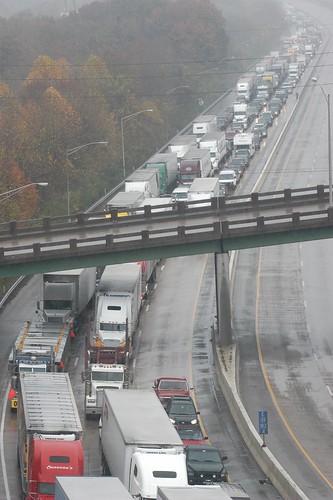 Due to the impact of high gas prices, the economic slowdown, and a growing preference for public transportation and other options for getting around, congestion was down in 2008 over 2007, marking the first two-year decrease in congestion since the Texas Transportation Institute began keeping track in 1982. Today, TTI released their bi-annual Urban Mobility Report today on the state of congestion and traffic in the U.S.
Due to the impact of high gas prices, the economic slowdown, and a growing preference for public transportation and other options for getting around, congestion was down in 2008 over 2007, marking the first two-year decrease in congestion since the Texas Transportation Institute began keeping track in 1982. Today, TTI released their bi-annual Urban Mobility Report today on the state of congestion and traffic in the U.S.
Administration releases their principles for an 18-month transportation bill
When DOT Secretary LaHood was on Capitol Hill a few weeks ago discussing the Obama Administration’s plan for a transitional transportation bill, he mentioned that their plan for an 18-month extension would “enact critical reforms” while stopping short of a fundamental overhaul of the program — leaving that for the full six-year bill. A lot of transportation advocates were left wondering what sort of reforms the administration would propose. Today we got a first look at their general proposal.
How have states fared with the billions in transportation stimulus funds?
 You may recall that the $787 billion economic stimulus bill that passed in February had nearly $30 billion allocated for transportation investments. That money was given out to states and Metropolitan Planning Organizations (MPOs) — largely free of any criteria or requirements for what projects it should be spent on. So after 120 days, how have states done in addressing these pressing needs and investing in progress for their communities?
You may recall that the $787 billion economic stimulus bill that passed in February had nearly $30 billion allocated for transportation investments. That money was given out to states and Metropolitan Planning Organizations (MPOs) — largely free of any criteria or requirements for what projects it should be spent on. So after 120 days, how have states done in addressing these pressing needs and investing in progress for their communities?















